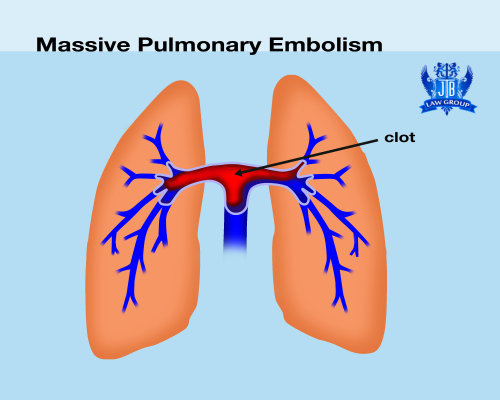How Is A Pulmonary Embolism Diagnosed?
Pulmonary embolism is a life-threatening health issue, which is caused due to blockage in blood vessel in the lungs.
In order to diagnose the issue, doctor needs to understand the patient symptoms and medical history. In addition to it, one needs to carry out various tests that will help diagnose the problem of PE-
Ultrasound of the leg
In order to diagnose the problem in leg an ultrasound is carried out called duplex Doppler. This test is effective in showing blockages in the veins.
This method is easy to identify the problem of PE and DVT. However, if the ultrasound results come out to be negative, then it does not mean that DVT or PE is ruled out, because some clots don’t show up in ultrasound. This is where further tests are required to done.

Blood test for D-dimer
Ladies who are were pregnant but had taken Yaz pills; they are likely to suffer from pulmonary embolism. In order to determine the problem in them, D-dimer test is carried out.
Positive result of it will indicate that one has a blood clot, which can either be a DVT or a PE. Negative D-dimer test means you are not likely suffering from PE or DVT.
If one is suffering from PE and reason behind is Yasmin pills then they are likely at a risk of death.
Ultrasound of the heart (echocardiography)
People who have large clots in lung and has its effect in heart, they need to go for ultrasound. This is useful in diagnosing big clots, however smaller ones cannot be shown in it.
Isotope scan and CTPA scan
In order to get accurate results of test, isotope scan and CTPA scan is carried out. Unlike to other tests, which either show small or big clots, this test helps to determine whether one is suffering from PE or not.
In addition to the aforementioned tests, general tests are also carried out. However, following tests would be either helpful in diagnosing PE or other medical conditions-
- As discussed above PE can also cause heart issues, therefore in order to diagnose the issue an ECG (heart trace) is often done in, which abnormal heart rhythms are noted.
- Blood tests are conducted to check the level of oxygen in the blood and to look for signs of heart attack, infection or inflammation.
- To diagnose pneumonia or other chest conditions, chest X-ray is done.